Ciertamente nuestra boca, no puede realizar los movimientos de masticación por si sola, existe un componente muscular que nos permite realizar estas funciones importante, estos músculos se van a insertar en el hueso maxilar inferior, conformando gran parte de las funciones masticatorias y de movimientos mandibulares.
Certainly our mouth cannot perform chewing movements by itself, there is a muscular component that allows us to perform these important functions, these muscles are inserted in the lower jaw bone, forming a large part of the masticatory functions and jaw movements.
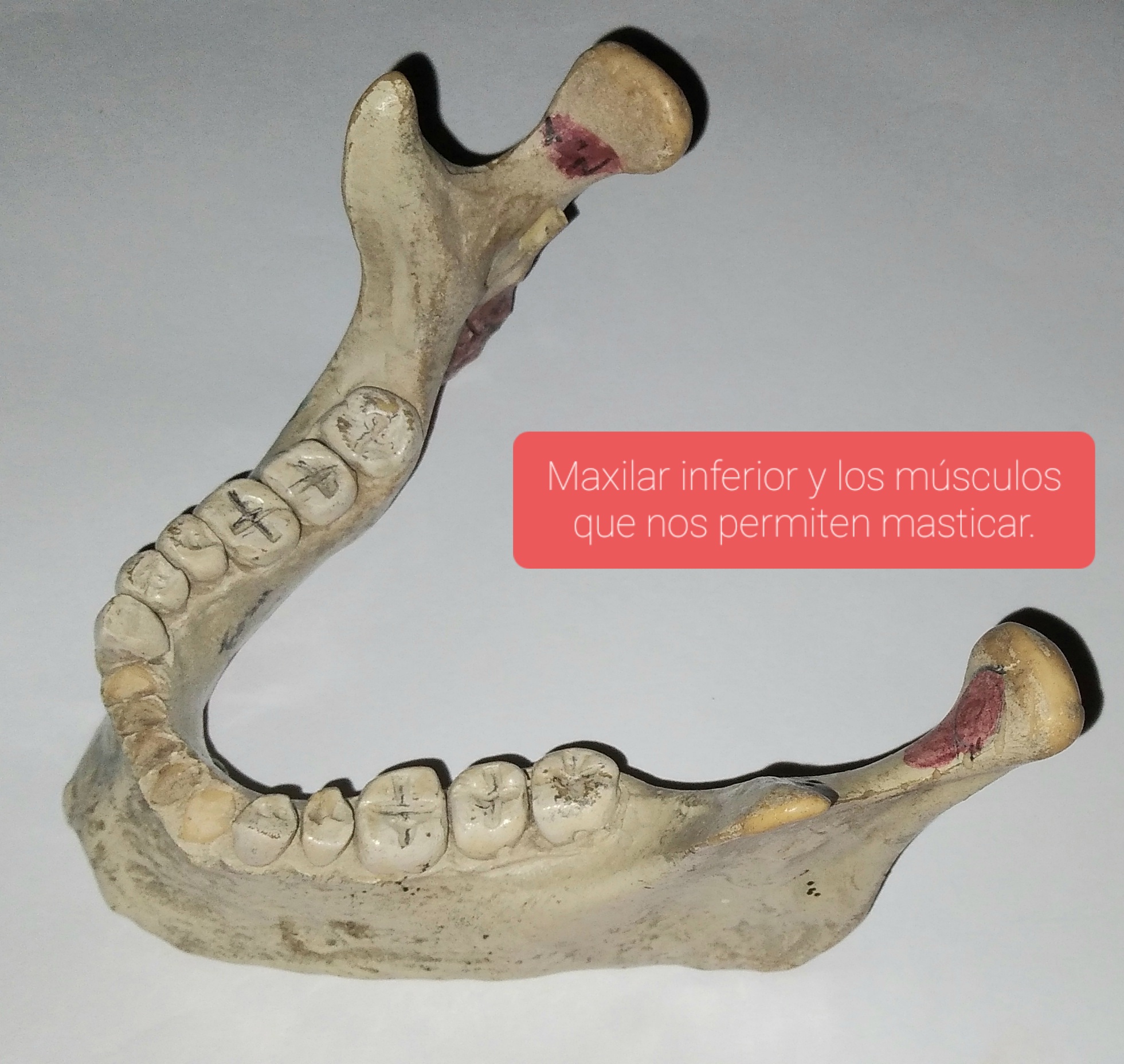
En este día hablaremos de los principales músculos que se insertan en la mandíbula y que nos permiten masticar todos los alimentos, realizar funciones como hablar y deglutir. Todo este conocimiento es obtenido por la cátedra de anatomía humana y morfología dental y oclusión de la universidad Del zulia facultad de odontología analizado e interpretado por mí.
Today we will talk about the main muscles that are inserted in the jaw and that allow us to chew all foods, perform functions such as speaking and swallowing. All this knowledge is obtained by the chair of human anatomy and dental morphology and occlusion of the University of Zulia Faculty of Dentistry analyzed and interpreted by me.
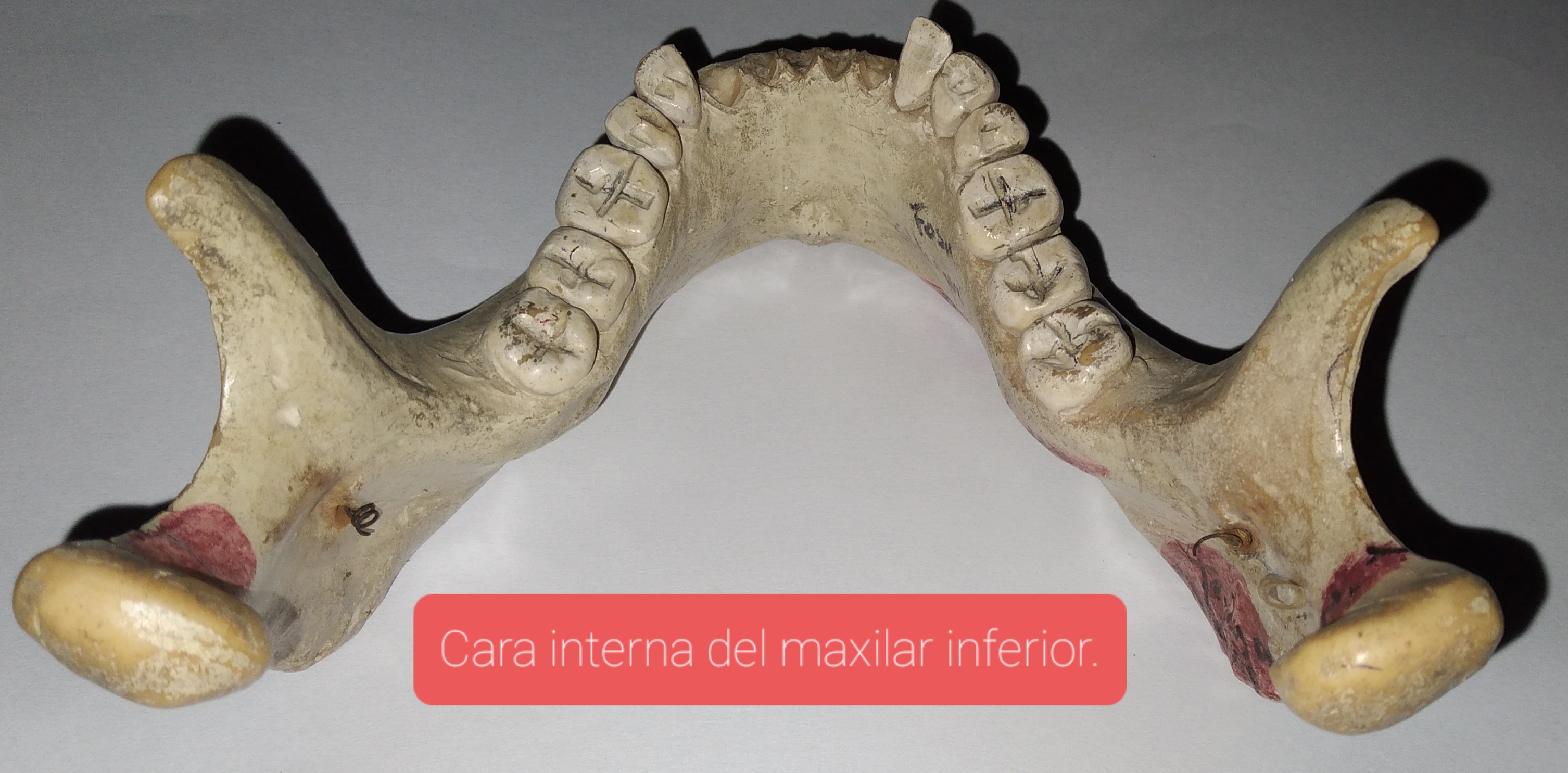
El maxilar inferior mejor conocido como mandíbula es un hueso impar, en forma de herradura se articula con el huso temporal, tiene mucha importancia anatómica, puesto que estudiarlo es de importancia clínica para el odontólogo, al igual que el resto de los mismos. Este hueso se inserta varios músculos que nos permiten funciones importantes, como la misión de las palabras masticar y deglutir.
The lower jaw, better known as the mandible, is an odd bone, in the shape of a horseshoe, it articulates with the temporal spindle, it has a lot of anatomical importance, since studying it is of clinical importance for the dentist, as well as the rest of them. This bone inserts several muscles that allow us to perform important functions, such as chewing and swallowing.
Músculos que nos permiten masticar | Muscles that allow us to chew.
Estos músculos serán flexores o elevadores de la mandíbula permitirán realizar funciones básicas y el contacto oclusal para triturar los alimentos.
These muscles will be flexors or elevators of the jaw will allow us to perform basic functions and occlusal contact to grind food.
Músculo temporal.
Se insertará en el proceso coronoides y borde anterior de la rama ascendente de la mandíbula, su origen vendrá dado en la fosa temporal de la base lateral del cráneo nos permite posicionar el maxilar inferior para el cierre nos guía también en los movimientos laterales y retrusivos desde una posición protusiva.
Temporal muscle.
It will be inserted in the coronoid process and anterior border of the ascending branch of the mandible, its origin will be given in the temporal fossa of the lateral base of the skull, it allows us to position the lower jaw for closing, it also guides us in lateral and retrusive movements from a protrusive position.
Músculo Masetero.
Este se inserta en la rama ascendente del proceso coronoides del ángulo de la mandíbula, tiene su origen en dos haces como lo es el superficial de los tercios del borde inferior del Arco cigomático, el haz profundo superficie media del arco cigomático. Nos va a permitir la elevación producción y movimientos laterales externos de la mandíbula y es el que tiene mayor fuerza en la masticación.
Masseter muscle.
This is inserted in the ascending branch of the coronoid process of the angle of the mandible, has its origin in two beams such as the superficial one of the thirds of the lower edge of the zygomatic arch, the deep beam middle surface of the zygomatic arch. It will allow us the production elevation and external lateral movements of the mandible and is the one that has greater strength in mastication.
Músculo pterigoideo interno.
La inserción será en la parte posterior e inferior de la superficie interna de la rama y en la parte interna del ángulo de la mandíbula tendrá su origen en la superficie interna del plato pterigoideo lateral y el proceso piramidal del hueso palatino y la tuberosidad del maxilar.
Internal pterygoid muscle.
The insertion will be in the posterior and inferior part of the internal surface of the ramus and in the internal part of the angle of the mandible will have its origin in the internal surface of the lateral pterygoid plate and the pyramidal process of the palatine bone and the tuberosity of the maxilla.
Músculo pterigoideo externo.
Se inserta en la parte superior de la cápsula articular disco del cuello del cóndilo mandibular, también en el haz inferior o pterigoideo de la fosita pterigoidea del cuello del cóndilo, su origen será en la superior y en la superficie infratemporal del ala mayor del esfenoides .Haz inferior o pterigoideo de la superficie del ala externa de las apófisis pterigoides.0 La función que realiza es el cierre de la mandíbula en la biomecánica de la "atm" también mediante el maxilar inferior la apertura de la mandíbula, contracciones bilateral producción mandibular y movimientos unilateral.
External pterygoid muscle.
Articular disc of the neck of the mandibular condyle, also in the inferior or pterygoid bundle of the pterygoid fossa of the neck of the condyle, its origin will be in the superior and infratemporal surface of the greater wing of the sphenoid. inferior or pterygoid bundle of the external wing surface of the pterygoid processes. The function it performs is the closing of the mandible in the biomechanics of the "atm" also by means of the lower jaw opening of the mandible, bilateral contractions mandibular production and unilateral movements.

Otros músculos que están en la mandibula| Other muscles that are in the jaw.
- Músculo Milohioideo.
Tiene su origen en la línea oblicua interna de la mandíbula su función es deprimir la mandíbula.
- Mylohyoid muscle.
It has its origin in the internal oblique line of the mandible and its function is to depress the mandible.
- Músculo Digástrico.
Tiene su origen en el vientre posterior de la ranura digástrica, el proceso mastoideo y el vientre anterior de la fosa digástrica de la mandibula, su función es deprimir, retrayendo la mandíbula.
- Digastric muscle.
It has its origin in the posterior belly of the digastric groove, the mastoid process and the anterior belly of the digastric fossa of the mandible, its function is to depress, retracting the mandible.
- Músculo Genihioideo.
Tendrá su origen en la apófisis genis inferiores, su función será deprimir retribuir la mandíbula e intervenir en los movimientos retrusivos.
-Genihyoid muscle.
It will have its origin in the inferior genis inferior process, its function will be to depress the mandible and to intervene in the retrusive movements.
- Músculo Geniogloso.
Su origen será en la apófisis genis superiores y llega a la mucosa de la parte dorsal de la lengua. Su función es la contracción parcial de la propulsión de la mandíbula y la lengua.
- Genioglossus muscle.
Its origin will be in the superior apophysis genis superioris and reaches the mucosa of the dorsal part of the tongue. Its function is the partial contraction of the propulsion of the mandible and tongue.
Recuerden: "Estos Músculos tienen una función vital es importante en la anatomía del maxilar inferior Es importante conocer los Para el éxito de los procedimientos en la cirugía bucal".
Remember: "These muscles have a vital function is important in the anatomy of the lower jaw is important to know the For the success of procedures in oral surgery".

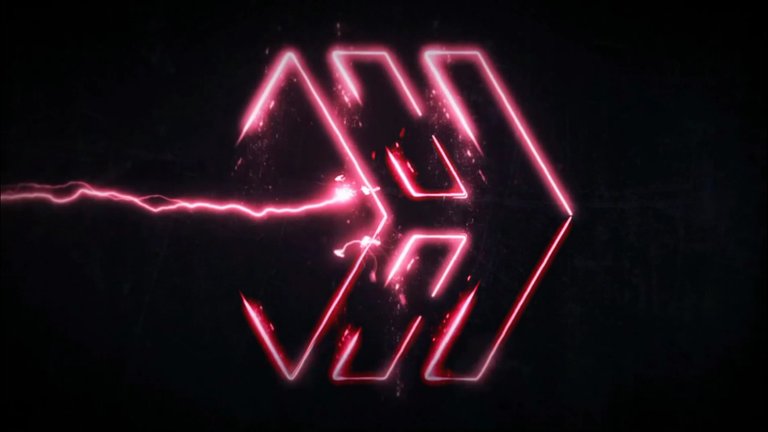 créditos @doze
créditos @doze

Texto traducido en Deelp
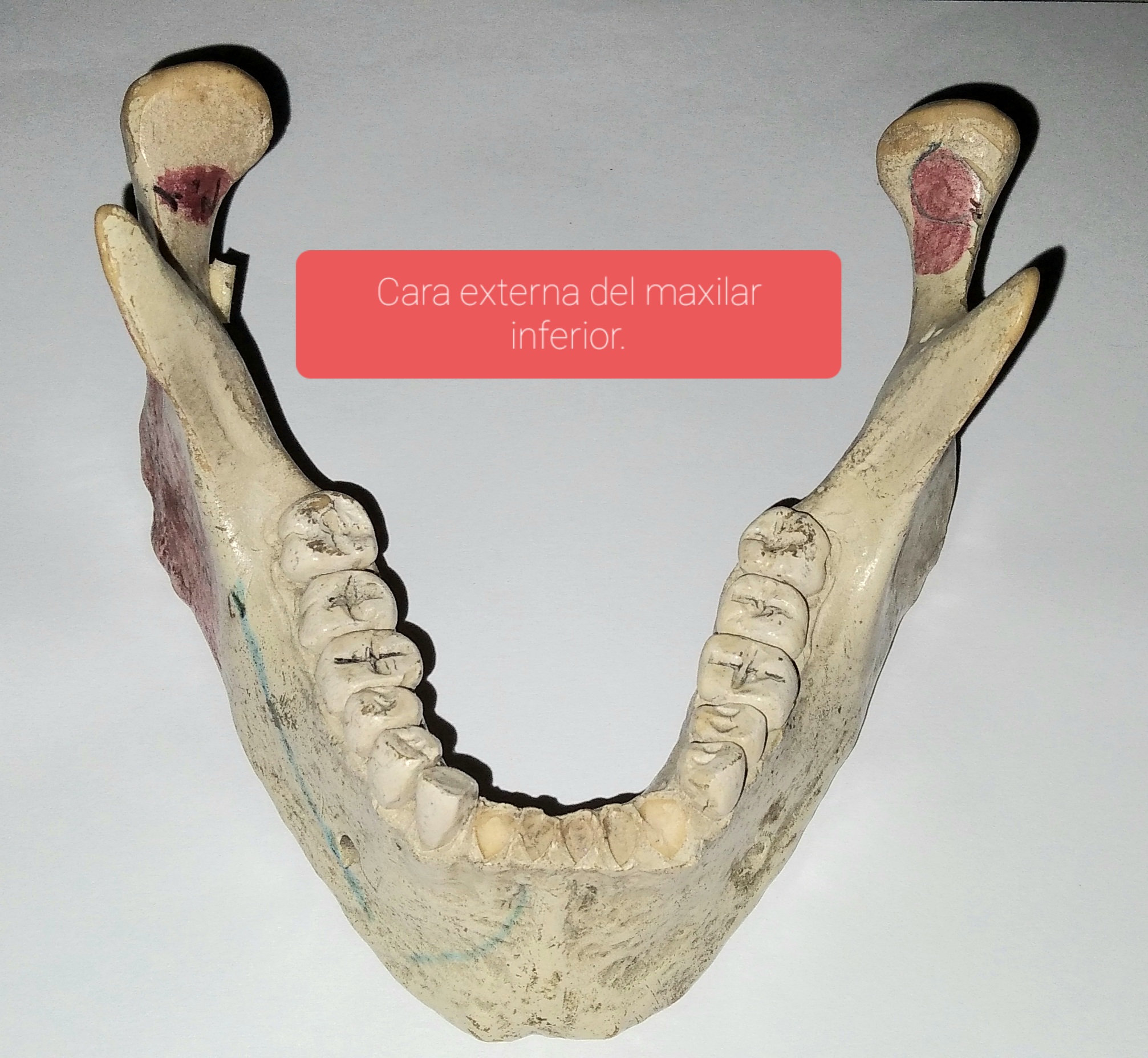
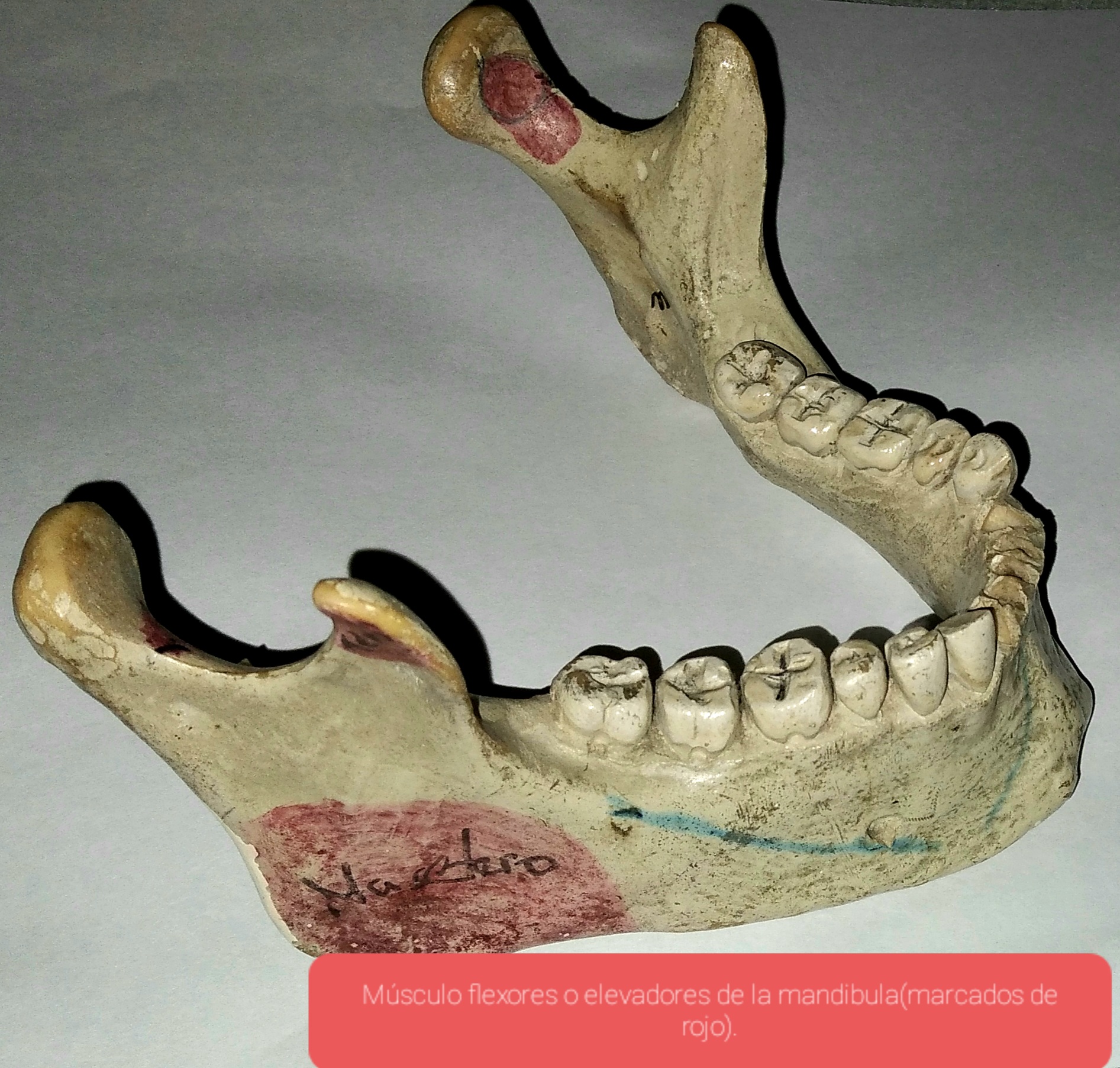
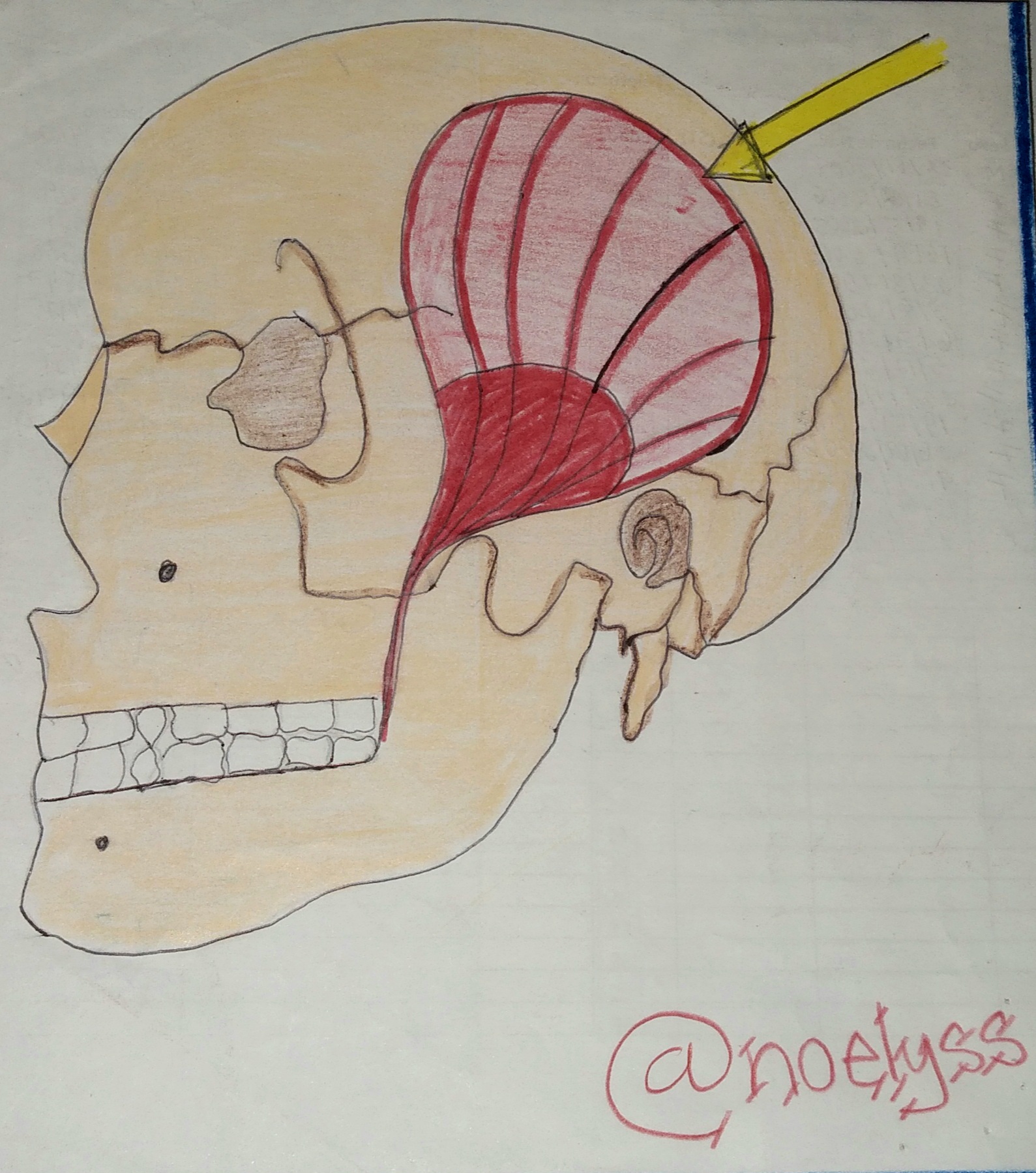
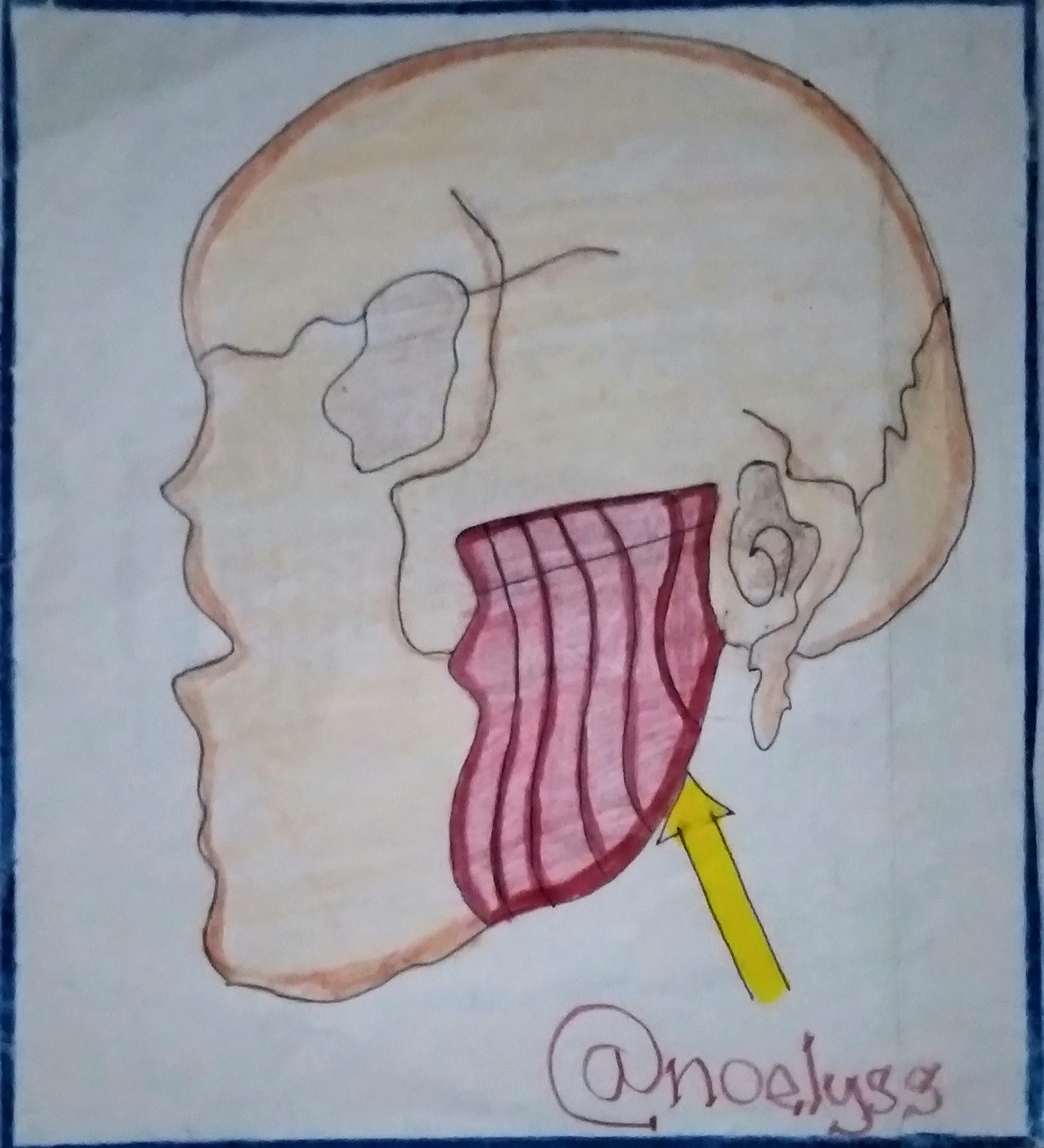
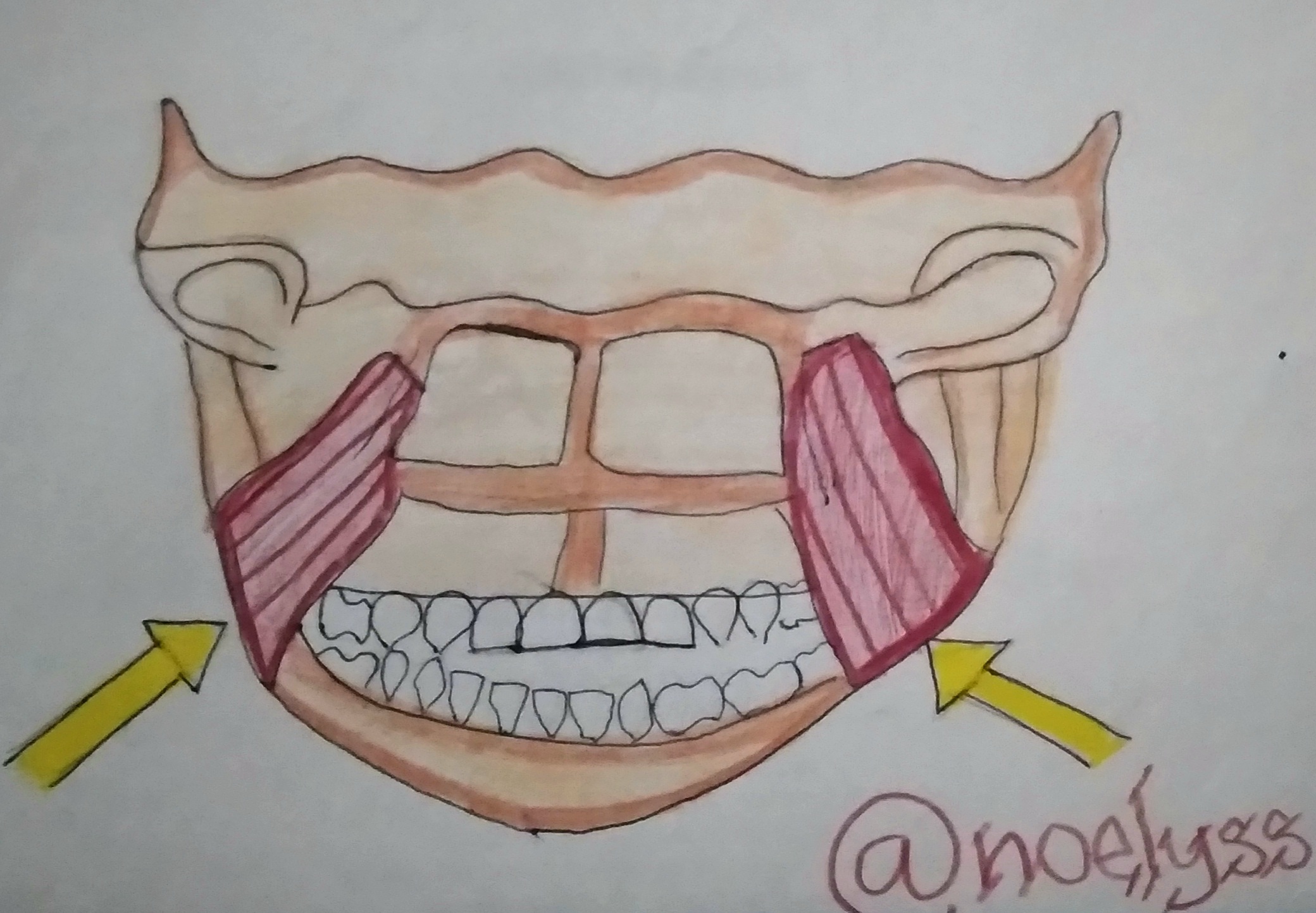
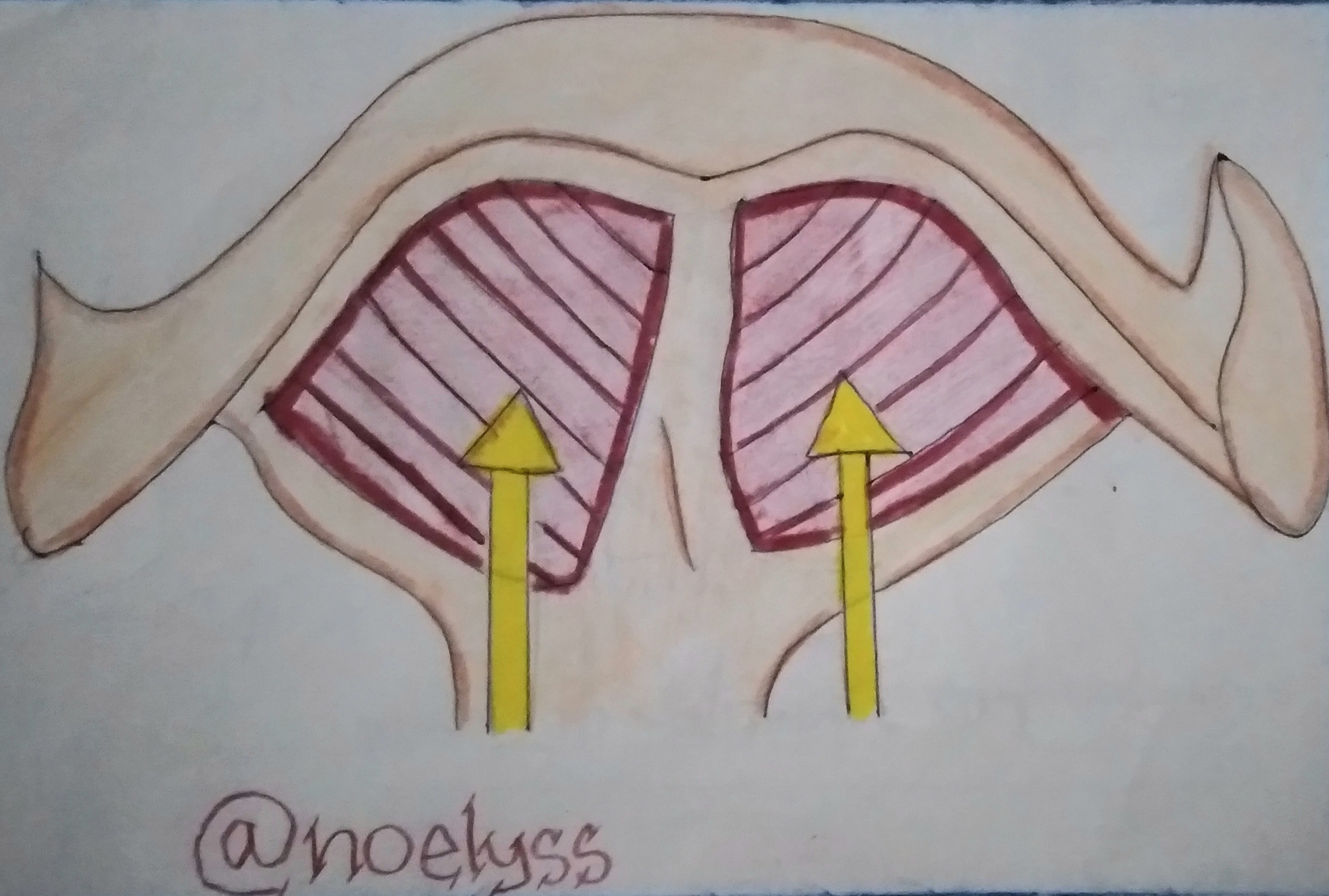
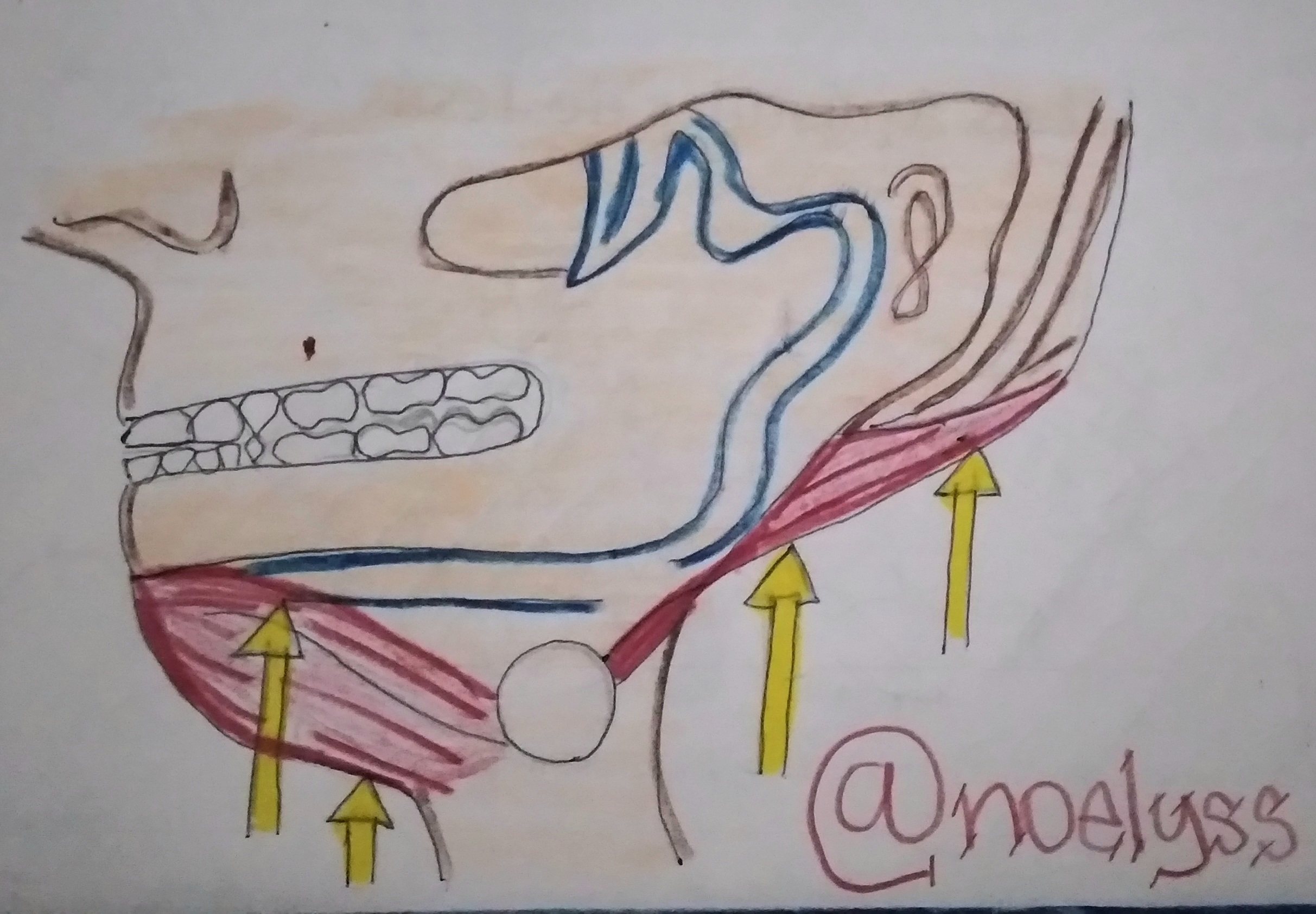
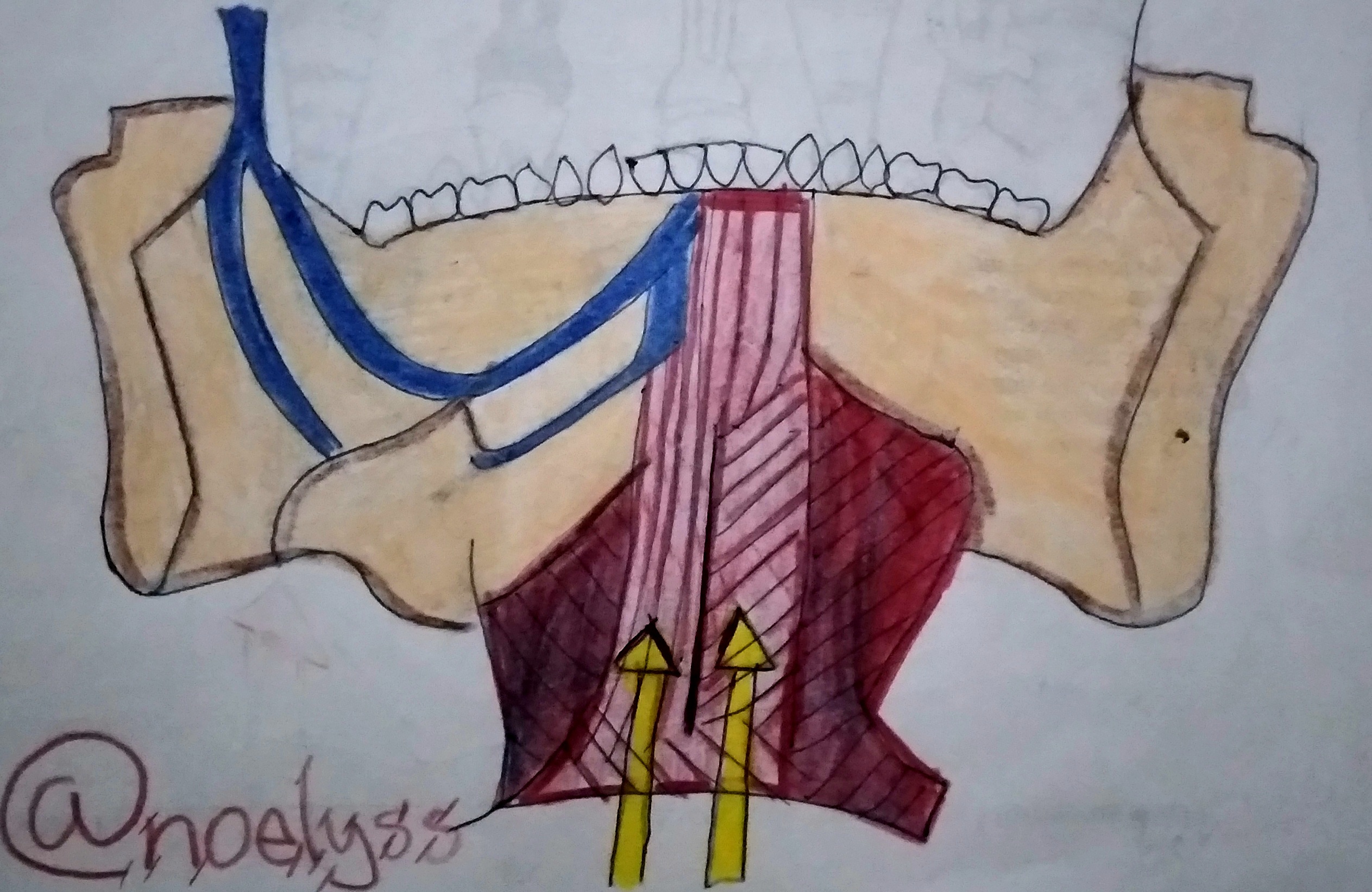
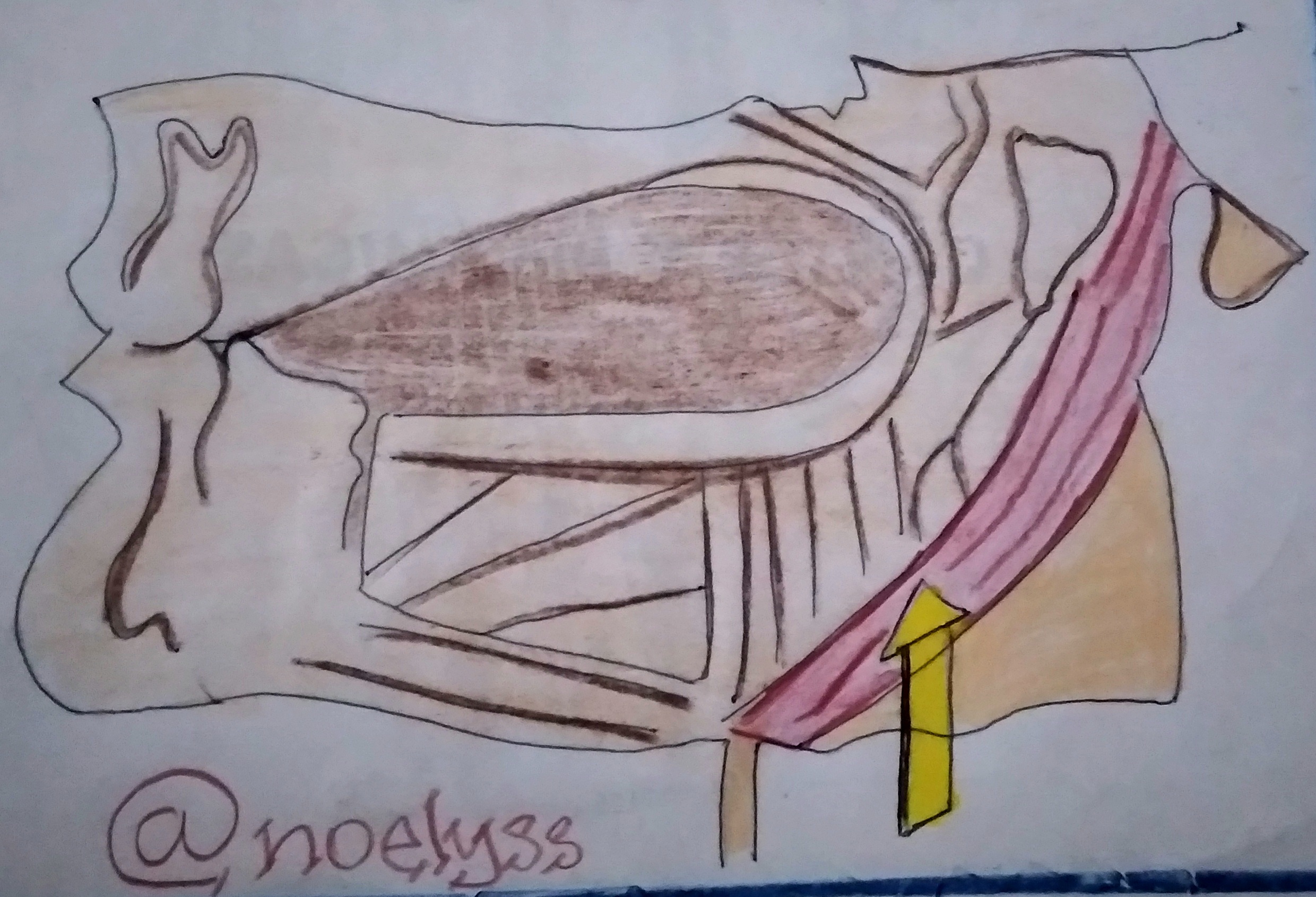
Buenas, Su post ha sido propuesto para ser votado a lo largo del día por el witness @cervantes. Un saludo.
Muchas gracias por su valioso apoyo en mi contenido saludos @ramonycajal
Thanks for your contribution to the STEMsocial community. Feel free to join us on discord to get to know the rest of us!
Please consider supporting our funding proposal, approving our witness (@stem.witness) or delegating to the @stemsocial account (for some ROI).
Please consider using the STEMsocial app app and including @stemsocial as a beneficiary to get a stronger support.
Muchas gracias por su apoyo @stemsocial
Congratulations @noelyss! You have completed the following achievement on the Hive blockchain and have been rewarded with new badge(s) :
Your next target is to reach 30000 upvotes.
You can view your badges on your board and compare yourself to others in the Ranking
If you no longer want to receive notifications, reply to this comment with the word
STOPMuchas gracias por el apoyo @hivebuzz
De nada @noelyss, es un placer 😊🌹
Very detailed! Well-done
A few important clinical correlates of these muscles would be:
Tetanus: Caused by Clostridium tetani. Presents with what is called the "lockjaw". The person is unable to open the mouth due to spasms of the masseter.
Tetany: Caused usually by hypoglycemia and presents with muscle spasms
Temporomandibular joint syndrome: A collection of disorders associated with the most important functional joint in the jaw.
Muchas gracias por tu aporte @draysax